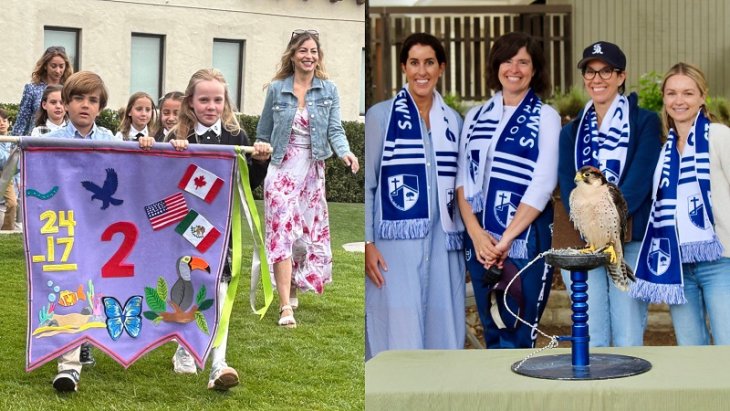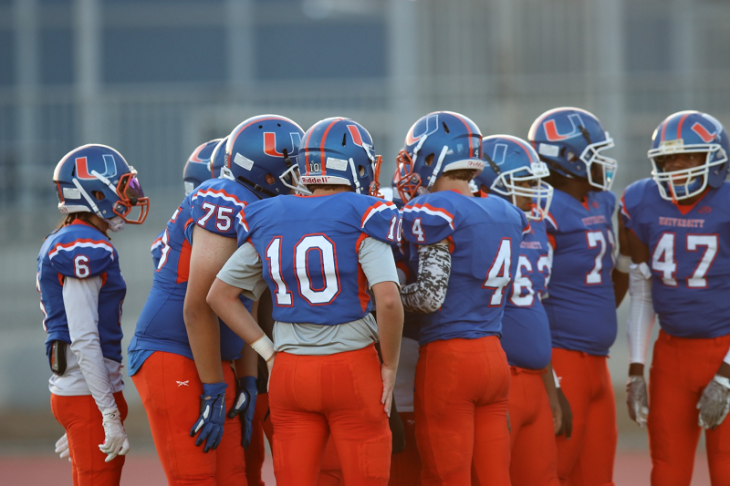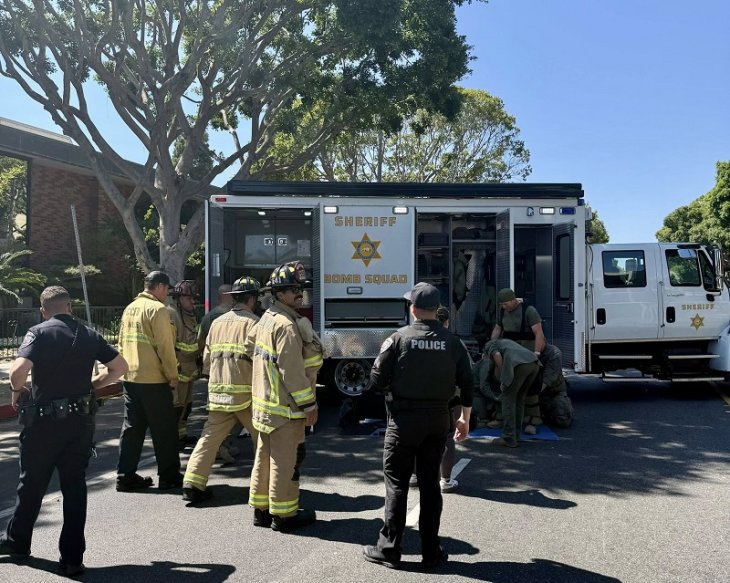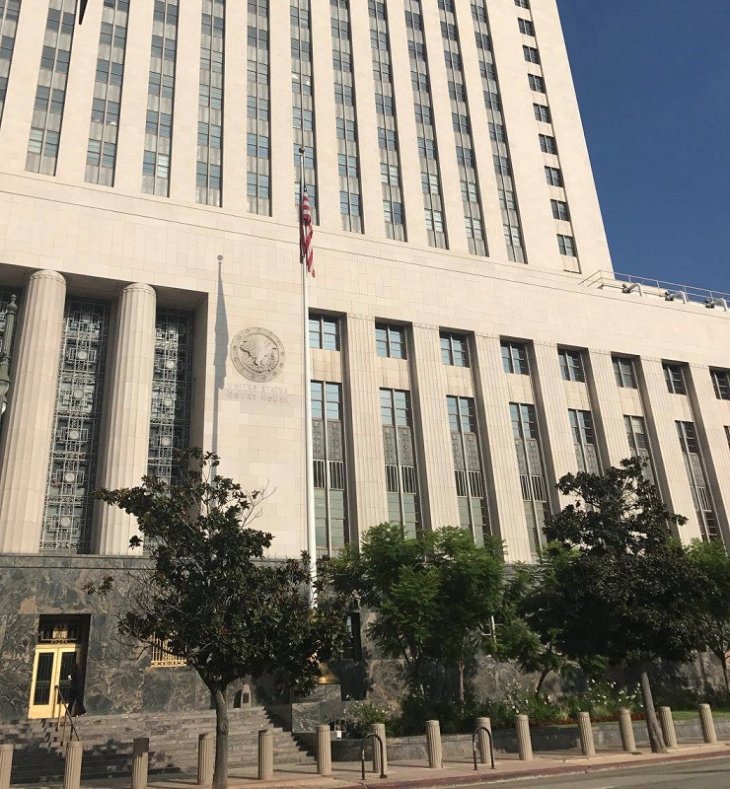Passover, the weeklong Jewish commemoration of what the Old Testament depicts as the deliverance of the ancient Hebrews from slavery in Egypt, begins at sundown Monday.
Jews will gather for a ritual meal called a Seder, which means order. It features six symbolic foods, including matzo, a cracker-like unleavened bread symbolizing the Exodus from ancient Egypt when there was not enough time to let the bread rise.
While Passover rituals vary in different parts of the world, Jews are traditionally not permitted to eat or possess any foods made with wheat, barley, rye, spelt or oats.
Bitter herbs, often horseradish, represent the bitterness of slavery; parsley dipped in saltwater symbolizes the tears the Israelites shed in bondage; and an apple, nut, spice and wine mixture called charoset represents what the Torah, the Jewish holy scripture, describes as the mortar used by Jewish slaves to build Egyptian edifices.
A number of contemporary scholars, including Jewish historians and archaeologists, believe the story of the Exodus is apocryphal and that the Israelites were never among the peoples subjugated by the ancient Egyptians. But regardless of any historical debate, most rabbis believe it should not obscure the themes — faith, freedom and redemption — inherent in the biblical tale.
According to the book of Exodus, the enslaved Israelites used the blood of lambs to mark their doors so the Angel of Death would “pass over” their homes and instead slay the firstborn sons of Egyptians — the 10th and most horrific of the plagues that finally persuaded the pharaoh to accede to Moses’ demand: “Let my people go.”
During the Seder, people drink four cups of wine or grape juice, symbolizing the promises that God made to the Israelites, including deliverance from bondage. Also as part of the ritual, a child traditionally asks the four questions of the Seder.
The introductory question of “Why is this night different from all other nights?” is followed by “Why is it that on all other nights during the year we eat either bread or matzo, but on this night we eat matzo?” “Why is it that on all other nights we eat all kinds of vegetables, but on this night we eat bitter herbs?” “Why is it on all other nights we do not dip even once, but on this night we dip twice?” and “Why is it that on all other nights we eat either sitting or reclining, but on this night we eat in a reclining position?”
The purpose of the questions is to spark discussion and learning, as teaching the story of the Exodus to children is one of the most important elements of the Seder.
The meal is accompanied by reading from the Haggadah, or “narration” book, which tells the story of the Israelites’ deliverance from bondage.
Passover commemorates the time between the Exodus from Egypt on the 15th of the Hebrew month of Nissan and the parting of the Red Sea seven days later to allow the fleeing Israelites to make their getaway.
The holiday is observed for seven days in Israel, with one Seder, and eight days outside Israel, with two.
The difference is that people in ancient times who lived far from Jerusalem could not know when a new month under the Hebrew lunar calendar had been officially declared and, in turn, could not be sure of the exact date.
Passover is customarily a home-based ritual observance, which does not require a rabbi. Unlike most Jewish holy days, there is no synagogue service for Passover.
However, community Seders will be conducted at multiple locations in Los Angeles County by Chabad, the Hasidic movement known for its outreach efforts — and at the JEM Community Center in Beverly Hills.






















